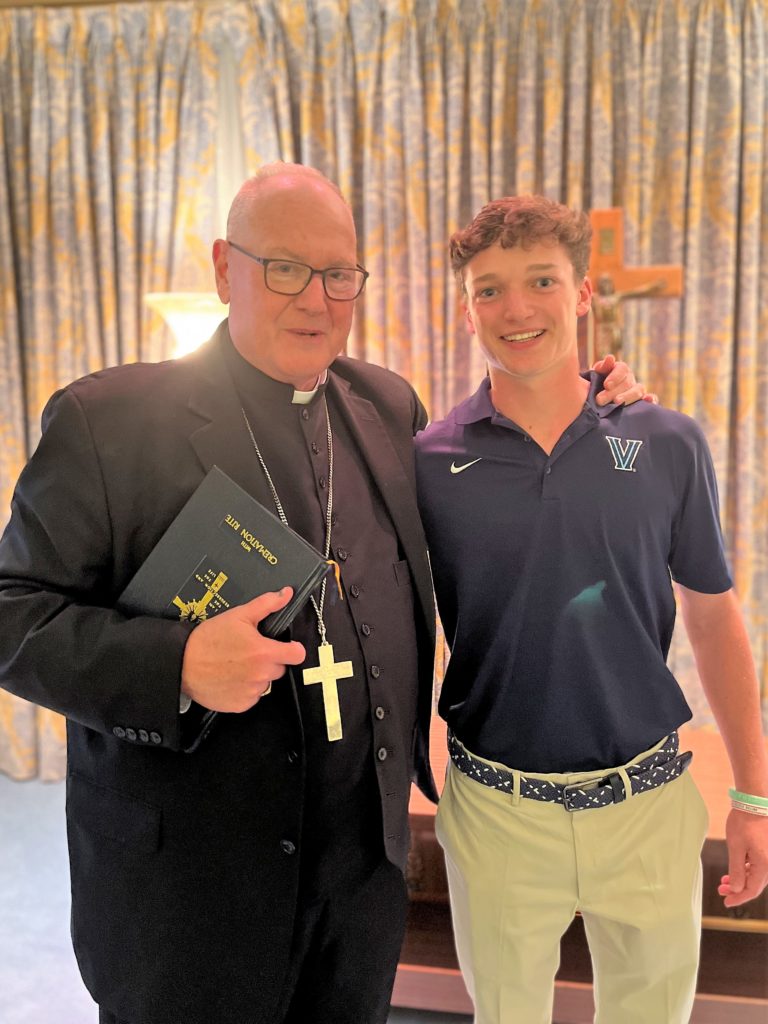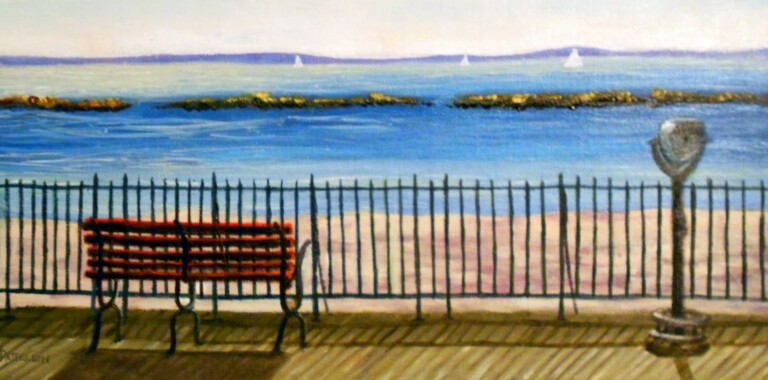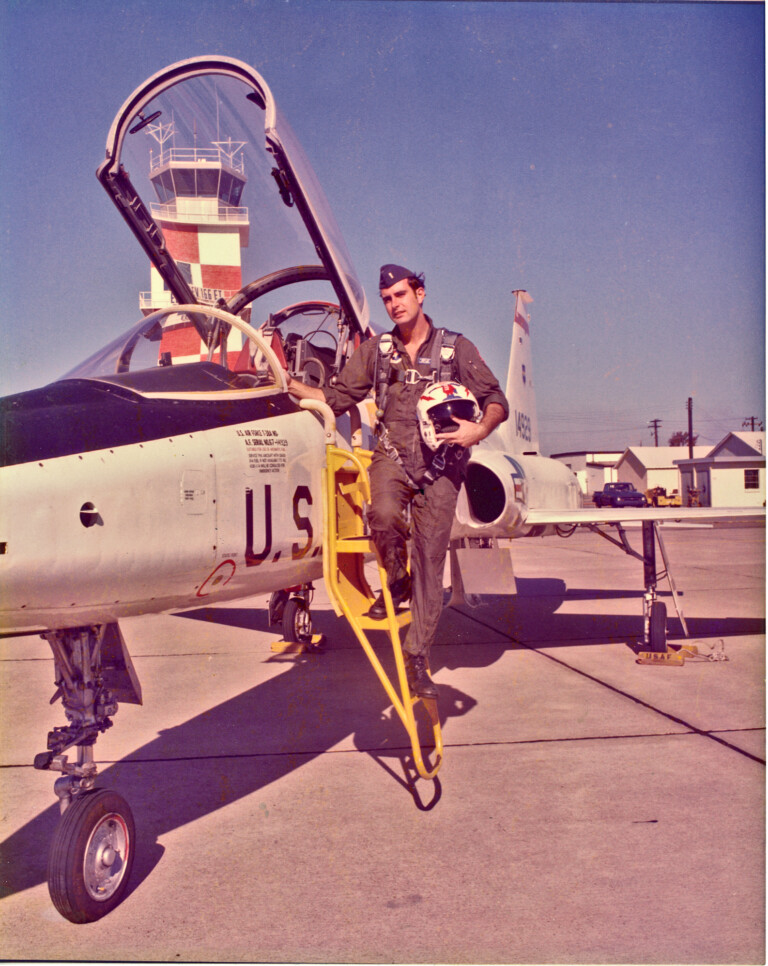RyeGPT People of Note: Golfer William “Willie” Davis
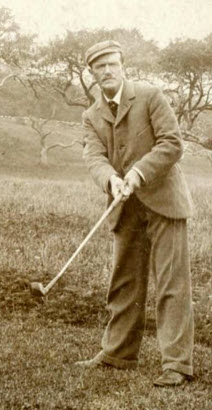
RyeGPT People of Note is a series highlighting individuals who have a connection to the City of Rye. In the series we ask OpenAI’s ChatGPT to prepare a biography and explain the individual’s connection to Rye.
We welcome your feedback on this series – the use of artificial intelligence, the accuracy and usefulness of each article and your assistance in understanding other pertinent insights related to the person’s connection to Rye.
You can add comments at the bottom of each article or you can send feedback via Tips & Letters.
Today, meet golfer William “Willie” Davis.
William “Willie” Davis, a trailblazer in early American golf, left a lasting legacy as a golfer, instructor, and course designer. Born in February 1861 in Scotland, he trained under the skilled Jack Morris at Royal Liverpool Golf Club in Hoylake, England, before immigrating to North America in 1881. Davis initially worked at the Montreal Golf Club in Canada as a greenskeeper and clubmaker, marking his entry into professional golf. By 1889, he had moved to the United States, where he became instrumental in establishing the game across the East Coast.
Davis’s tournament play was highly regarded during his time, as he regularly competed with and against top golfers of the era. One of his proudest competitive accomplishments was defeating two-time Open Champion Willie Park, Jr., in a head-to-head match in 1895. Davis was also part of the field at the inaugural U.S. Open, held on October 4, 1895, at the Newport Country Club—one of the courses he helped design. Competing against the likes of Horace Rawlins, who won the first U.S. Open title, Davis finished in fifth place, demonstrating his skill among some of the best players in early American golf. His participation in these early tournaments underscored his place among the elite players and established him as a formidable competitor.
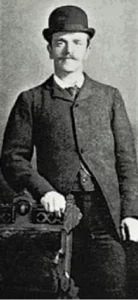
After establishing his reputation, Davis was invited to join the Apawamis Club in Rye, New York, in 1899 as its first professional. At Apawamis, he not only oversaw the course’s design but also mentored other professionals and organized tournaments. His work influenced future professionals like George Low, who joined Apawamis and later became a key figure in American golf. Davis also collaborated with Maturin Ballou and fellow pro Willie Norton to petition for an annual championship tournament for resident professionals, an effort that eventually led to the founding of the Eastern Professional Golfers Association in 1906, a few years after Davis’s death.
In addition to his duties at Apawamis, Davis worked on some of the earliest USGA-affiliated courses, including Newport Country Club and Shinnecock Hills, where he laid the foundations for the 12-hole course that eventually evolved into the renowned 18-hole course. His collaborations with other early professionals, like Willie Dunn and Willie Campbell, contributed to the professionalization of golf and the establishment of standards for golf course design in North America.
Tragically, Davis’s career was cut short when he contracted pneumonia and passed away on January 8, 1902, at the age of 40. His passing was a significant loss to the golfing community, as he had been both a competitor and an innovator whose influence extended far beyond his playing days. His contributions to American golf—from tournament play to golf course design—continue to be celebrated, especially in Rye, New York, where his legacy remains a foundational part of Apawamis Club’s history.

